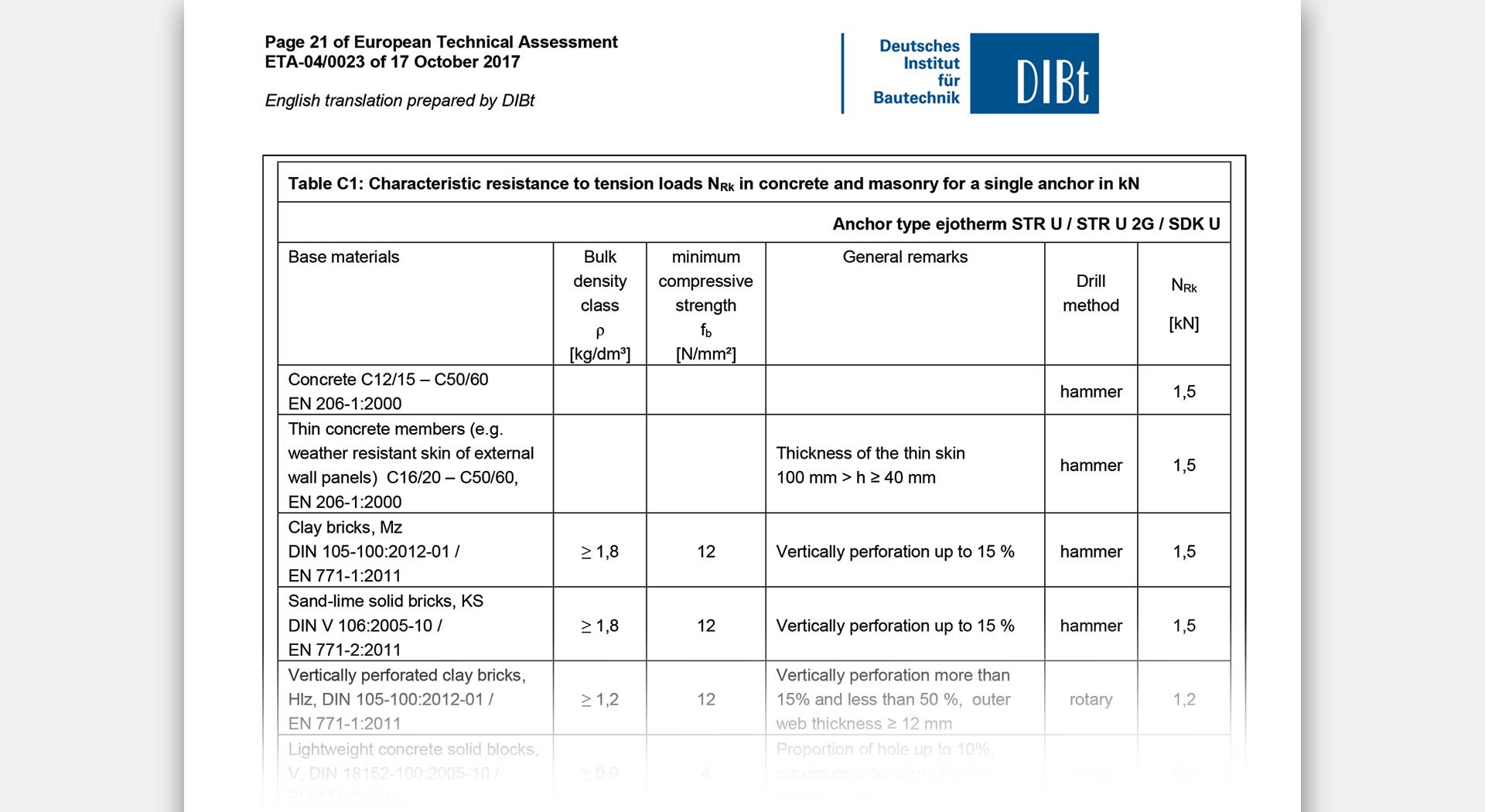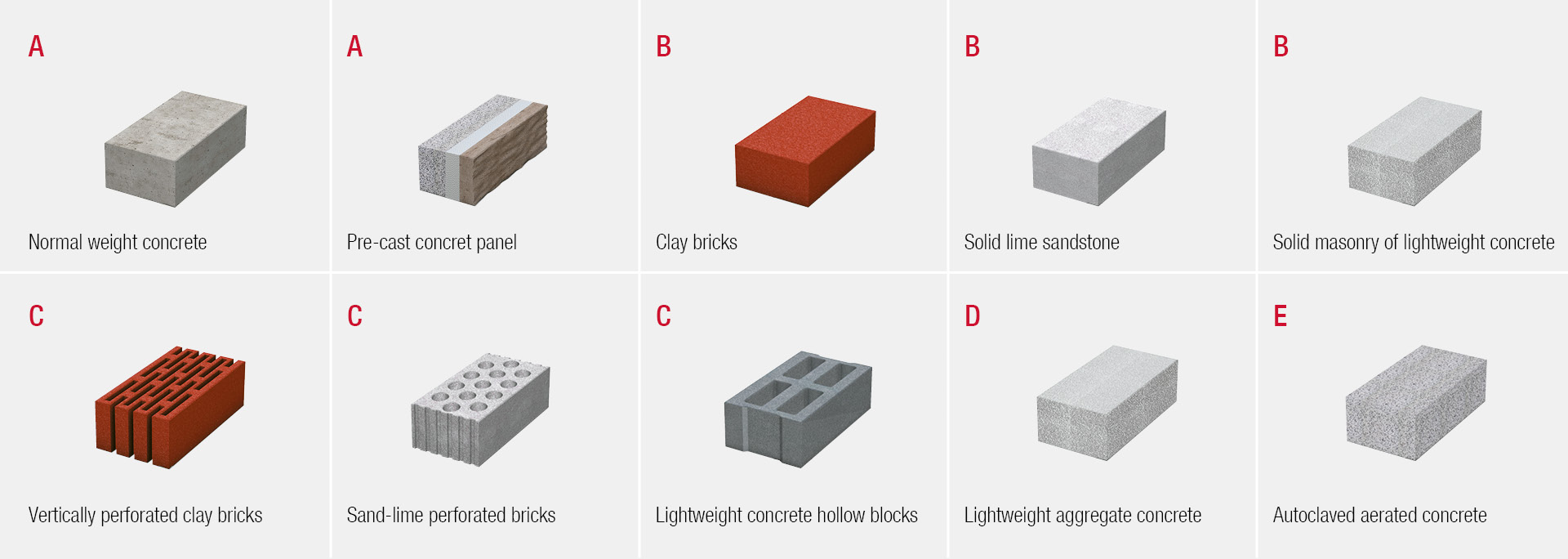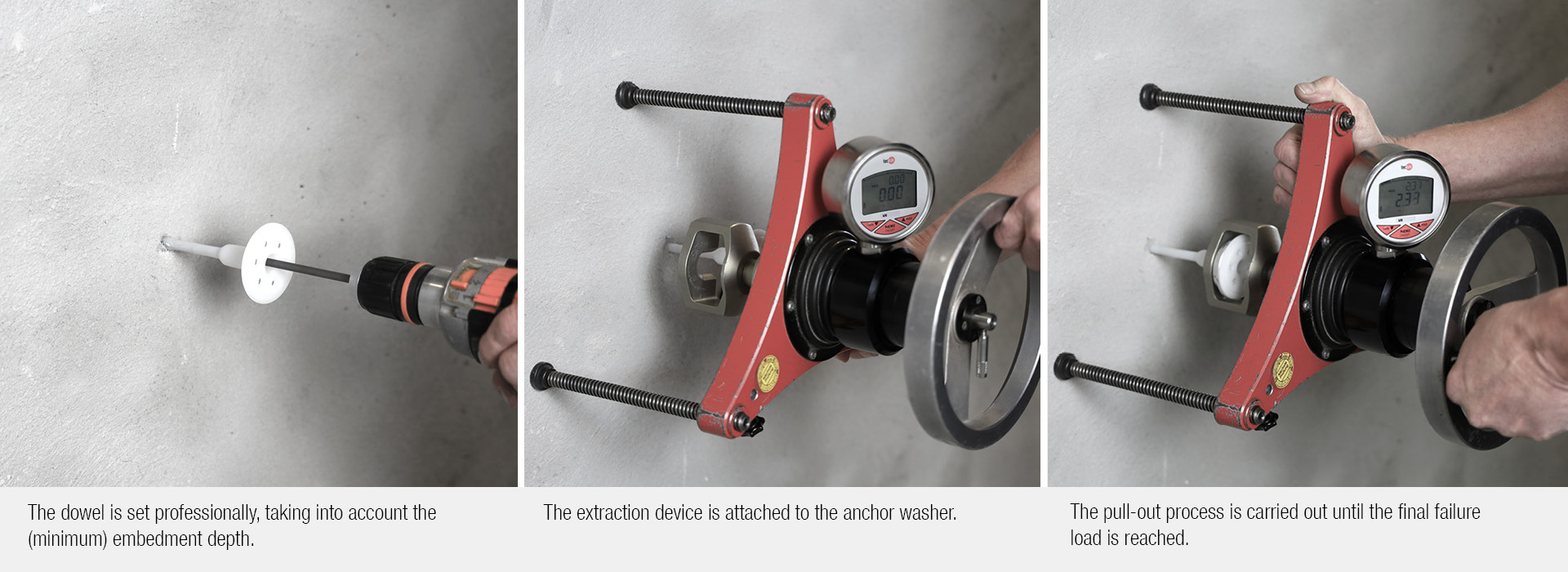What is an anchor pull-out test for?
ETICS: Focus on service – Part 1
Good planning and preparation for an upcoming construction project is the alpha and omega. If good preparatory work is done here, many problems during construction and also the risk of possible damage later on can be prevented. The preliminary measures need not be complicated or time-consuming. Our new series "Focus on service" presents a range of services and tools for safe and targeted planning and preparation of a wide variety of measures relating to the external thermal insulation composite system (ETICS).
The introduction to the new focus series is the topic of the anchor pull-out test. Depending on the fastening substrate of the ETICS and the thickness of the insulation boards, the choice of the right anchor in the right length is crucial for easy installation and reliable retention of the insulation boards. An anchor pull-out test in advance helps to choose the perfect product. But did you know that such tests are even mandatory in certain cases?
The introduction to the new focus series is the topic of the anchor pull-out test. Depending on the fastening substrate of the ETICS and the thickness of the insulation boards, the choice of the right anchor in the right length is crucial for easy installation and reliable retention of the insulation boards. An anchor pull-out test in advance helps to choose the perfect product. But did you know that such tests are even mandatory in certain cases?
Keyword: Proof of usability
A proof of usability means a corresponding assessment document; in the case of washer anchors for fastening ETICS it means an ETA (European Technical Assessment). It regulates the usability of the anchor depending on the corresponding fastening substrate (e.g. concrete, masonry or similar). If the fastening base on the structure is not covered by the ETA or if it cannot be determined clearly or at all, on-site tests, so-called anchor pull-out tests, are required. This requirement can be found in the ETA of the anchor. If, despite the required necessity, a pull-out test is not carried out, this can have serious consequences in terms of liability in the event of damage.The ETA of the respective anchor provides information about the tensile capacity in the different substrates.
The aim of the anchor pull-out tests is to determine the load-bearing capacity of the selected washer anchor in the project-specific fastening substrate. The optimum fastening type for the building project can be determined by taking the individual setting/assembly process into account. The construction site pull-out tests are carried out and evaluated using valid regulations in accordance with the ETA of the selected fastener and the so-called Technical Report (TR 051). The determined, logged load-bearing capacities are used for the pre-calculation of the required quantity of anchors or as a basis for the static calculation of the overall system.
The EAD (European assessment document) or the ETAG 014 (guideline for plastic anchors in ETICS) divides the most common building materials into so-called use categories.
Caution also applies if the drilling method used deviates from that required in the approval, e.g. drilling is carried out with an impact, although the ETA of the washer anchor describes a rotary drill position for the substrate used.
Whenever no load-bearing capacity values are specified in the ETA for the explicitly existing substrate or the selected drilling method, anchor pull-out tests must be carried out. Only with the data from the tests can the proof of the total load-bearing capacity of the ETIC system be provided and thus the required numbers of anchors be calculated.
After the drill hole has been properly drilled taking into account the required drill hole depth, the anchor is set taking into account the (minimum) anchoring depth. This is followed by the actual pull-out test. The extraction device is equipped with special adapters for the respective EJOT products to be tested. The pull-out test is always carried out at a defined and constant speed in order not to falsify the results. This means that the loads are introduced into the anchor by the extraction device and continuously increased until failure occurs. Failure can occur in a wide variety of places, for example in the substrate, i.e. in the actual building material, or in the area of the anchor. The reason for the failure and the load at which the failure occurs are documented in the log.
Whenever no load-bearing capacity values are specified in the ETA for the explicitly existing substrate or the selected drilling method, anchor pull-out tests must be carried out. Only with the data from the tests can the proof of the total load-bearing capacity of the ETIC system be provided and thus the required numbers of anchors be calculated.
How is an anchor pull-out test carried out?
A special, tested and calibrated extraction device is required for the anchor pull-out test. The test is therefore always carried out by a specially trained EJOT field engineer with the participation of those responsible for the building. At least 15 tests are carried out on different positions of a building when extracting the anchor. In order to obtain as detailed a building assessment as possible, the tests should be carried out in full on the entire facade – i.e. on all sides if possible – and recorded in a corresponding log.After the drill hole has been properly drilled taking into account the required drill hole depth, the anchor is set taking into account the (minimum) anchoring depth. This is followed by the actual pull-out test. The extraction device is equipped with special adapters for the respective EJOT products to be tested. The pull-out test is always carried out at a defined and constant speed in order not to falsify the results. This means that the loads are introduced into the anchor by the extraction device and continuously increased until failure occurs. Failure can occur in a wide variety of places, for example in the substrate, i.e. in the actual building material, or in the area of the anchor. The reason for the failure and the load at which the failure occurs are documented in the log.
Information provided by the test
In order to obtain a particularly reliable statement about the load-bearing capacity of the anchor, the evaluation is carried out exclusively using the mean value of the five smallest, i.e. worst, results. This calculation is also specified in Technical Report 051.The result of the pull-out test provides reliable information about the load-bearing capacity specific to the construction site. The required amount of anchors per square metre can only be determined in connection with the so-called system approval of the ETIC system used. Therefore, the implementation and evaluation of the construction site test is always carried out in cooperation with the provider of the ETIC system used.
The advantages at a glance
- Advice and implementation of the construction site pull-out tests
- Use of calibrated test equipment
- Determination of individual load capacities
- Evaluation of the test results
- Provision of the test protocol
One of many EJOT® services
Carrying out anchor pull-out tests in the area of ETICS is usually offered as a free service from EJOT. It is just one of many services that EJOT offers its customers as part of the 360° service. The objective is optimal advice and support throughout the entire construction project – from planning to final implementation. You can find more available offers in our 360° service – or feel free to contact us directly.The second part of our guide deals with carrying out an adhesion test for reveal beads.




